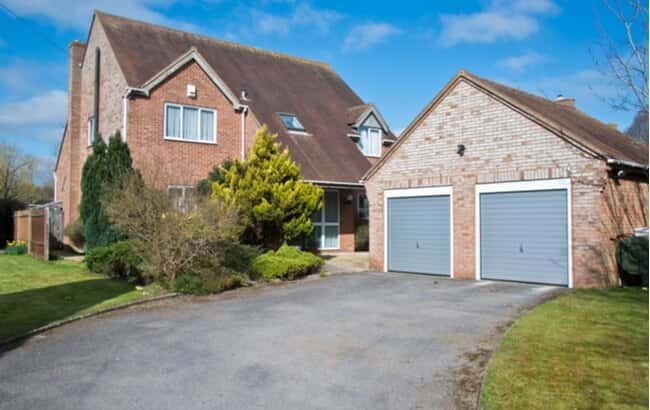A corporate entity purchased a 3 bedroom residential property with garden and garage. On the same day of completion, the buyer leased the garage to a third party for storage/use as an office. Having originally submitted an SDLT return for £15,000 the buyer sought a refund of £9,875 SDLT on the basis the property was actually mixed-use and could avail of the non-residential SDLT rates.
SDLT rates and legislation
SDLT offers rates for commercial type properties and for residential type properties. When a property consists of both residential and commercial aspects, the legislation permits you to treat the whole transaction as non-residential, the non-residential SDLT rates are much more favourable in terms of banding/rates applicable, in addition, classifying the purchase as mixed use avoids the 3% SDLT surcharge on residential properties being acquired by corporate entities.
The facts of the case
The sales brochure promoted the property as a three-bedroom property including a garage. Completion took place on 27 July 2018, on the same day, the buyer (Brandbros Ltd) issued a lease of the garage to SFEP Limited for £2k per year for storage/office use. No change of use was applied for nor were business rates applicable to the garage. The residential property was let to residential tenants unconnected with SFEP Ltd.
The taxpayer view was a commercial lease granted on the effective date of the transaction, the land should be classified as mixed-use. The garage no longer formed part of the garden or grounds of the dwelling due to its commercial use and the change of use occurred on the same day as the property transaction.
HMRC’s view was at the time in which the property was purchased, it did not include any non-residential elements. It was sold with vacant possession with no lease in place and the lease did not change the character of the property from residential to non-residential. The garage is a building on the grounds of the property and even if the lease is accepted, the garage continued to be used for storage, the natural purpose of a garage.
The Tribunal
The conclusion was the garage should be treated as a building in the grounds/garden of the property and as a matter of statutory interpretation, the garage is treated as residential property under section 116 regardless of the use to which it is put. Under section 116(1)(a) the house is treated as residential property. Section 116(1)(b) extends that treatment to the garden and grounds of the house, including any buildings or structures and those areas. There is no limitation in section 116(1)(b) to areas which are used for residential purposes.
The granting of the lease does not alter the classification of the property. FA 2003 states a contract for land transaction is completed by a conveyance and the conveyance sets the date of the transaction. The Tribunal noted that the contract was for the property as a whole including the grounds and that was a separate conveyance to the commercial lease that followed on the same day and that the commercial lease was a separate transaction, itself a notifiable event for SDLT albeit with no SDLT liability due to the low value involved.
Conclusion
If it is possible to grant a lease before acquiring the property, it is still not clear as to whether that would then create the opportunity the taxpayers in this case sought to achieve, can the garage become a separate commercial space to the residence it is associated with? Details of this fascinating case here.
If you would like more information about SDLT please contact Jason or fill out the form below and we will get back to you.
Contact Us
"*" indicates required fields


Sign up to our newsletter
Join our mailing list to receive regular updates on
the news and events you need to know about.
